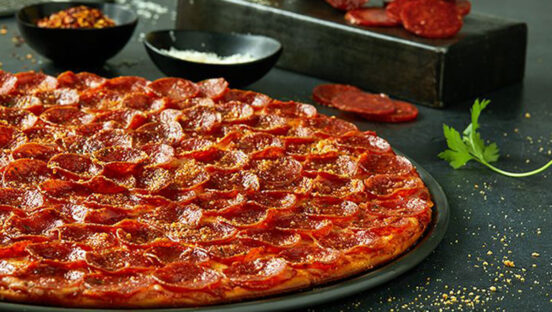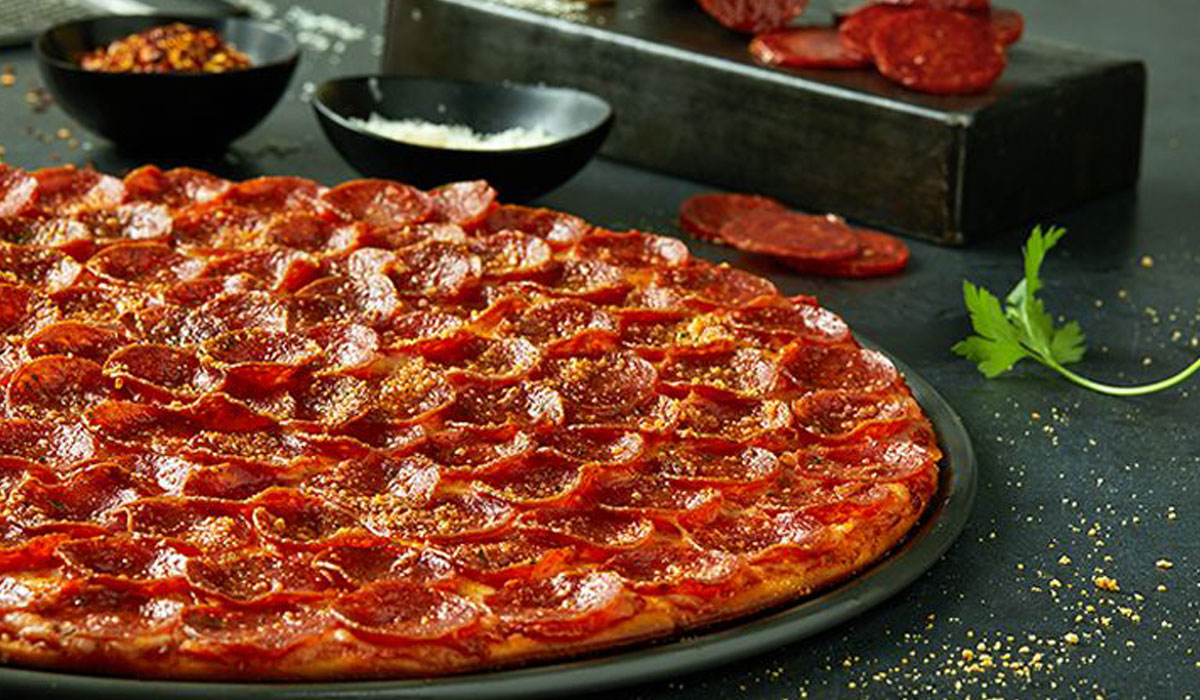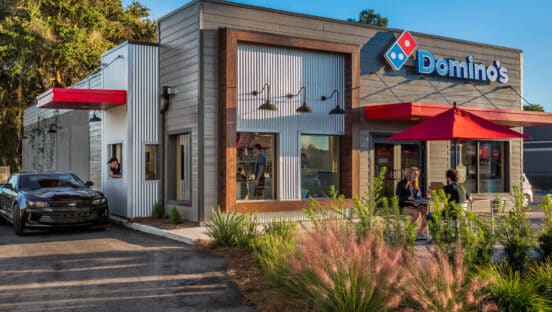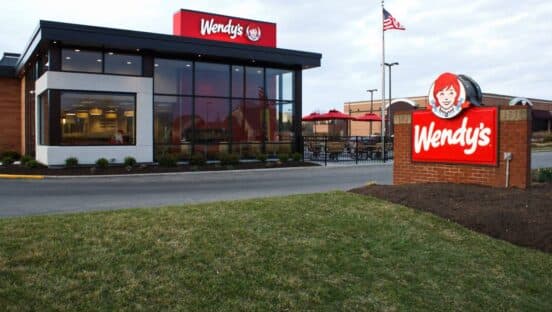Obviously, the restaurant industry has felt the brunt of the impact of the COVID-19 pandemic. But necessity is the mother of invention. As their situations changed, restaurants have stepped up and developed creative ways to market their brands in order to survive.
Marketing and customer loyalty are now more important than ever for restaurants. During this time, they will need to discover how to market themselves and establish what customer engagement looks like now and after the pandemic. They must try new approaches to meaningfully connect with consumers.
Here are three ways restaurants have adapted their marketing to connect with their customers and gather useful data for the future.
Engage customers through technology
While customers either cannot or choose not to visit restaurants, they still are searching for the sense of community that restaurants can provide. Times like these encourage customers to find places and outlets where they can feel comfortable again. Familiar brands can provide this feeling for them, and it can be accomplished in ways that support a restaurant’s marketing plan.
Chipotle had already been working on initiatives to engage younger consumers through social media platforms when the current pandemic began. Now that its physical locations are closed to foot traffic, it’s taken to expanding its online presence to keep customers engaged. The company recently adopted the fast-growing video conferencing solution, Zoom, in order to host “Chipotle Together,” an interactive opportunity for thousands of consumers to hang out with celebrities. This effort takes customer engagement to a personal level—and helps the brand gather more data about the younger consumers they were targeting beforehand.
Other brands can explore using technology like Zoom or social media in ways meaningful to their business to engage consumers directly. Not only can restaurants create a fun and interactive community-based experience for their customers, but they can also ask questions or run sweepstakes. Information volunteered by customers, called zero-party data, will help restaurants better plan and target marketing campaigns as the pandemic subsides.
Form partnerships with other brands
All restaurants are struggling in these times. But that does not mean they must struggle alone. There are ways restaurants can come together to help each other succeed and to do so in ways that engage their customers in the effort.
Donatos and Kroger employed a unique opportunity to create a partnership that became an experience through the media. Kroger locations in Ohio wanted to celebrate their employees with a pizza party, so they called in an order to Donatos for 4,000 pizzas to feed 12,000 workers—the largest order in the pizza chain’s history. The order was completed by 68 company and franchise stores, with most of them being company stores. Donatos and Kroger shared the outcome with local press and on social media, where the community of customers engaged with the posts.
Not all restaurants could process a 4,000-pizza order, but there are opportunities for them to partner with other companies to create unique experiences. When restaurants and partners share those experiences on communication platforms like social media, they can engage their customers with a message of positivity. If other companies want to join the partnership, or customers want to engage more directly, restaurants can deploy measures like surveys asking the community how else the restaurant could help. These surveys offer the chance to gather zero-party data for restaurants to use in future marketing campaigns.
Give back to communities
Restaurants are a vital part of the communities they serve, and many communities are now in need of support. When restaurants take the lead on giving back to others, they set themselves apart as a community member and a brand customers want to associate with. It also lets restaurants coordinate a community-wide response to challenging times, providing access to useful data about the customers they help.
For example, East Coast-based, &pizza launched its Hero Pies initiative to help alleviate the burden of planning meals for healthcare workers. The campaign uses SMS and the company’s native app to provide donated pizzas to hospital workers. Others in the community can also “pay it forward” and purchase pizzas for workers using &pizza’s app and its website.
The 37 &pizza locations are employing their kitchens in a way that provides meaningful assistance with feeding workers. The company can also gather zero-party data from text messages and app usage to deploy in future marketing. Thanks to this initiative, &pizza will solidify its reputation as a company that truly cares about its community and have ample data to engage customers and keep them coming back after the pandemic passes.
As restaurants continue finding new avenues to generate business and support their communities, they should keep data gathering as a top priority. Information like phone numbers, store preference data and contact information from customers all provide insights into how customers will want to engage with brands as the pandemic passes. Planning for customer engagement today will help restaurants through difficult times now and better prepare and market themselves tomorrow.
Richard Jones is CMO of Cheetah Digital, a cross-channel customer engagement solution provider for many of the world’s best brands, including American Express, Hilton, Walgreens, and Williams-Sonoma. Richard was previously CEO of Wayin before the company was acquired by Cheetah Digital in 2019 and rebranded as Cheetah Experiences. Richard is an expert in zero-party data and is committed to helping brands provide a value exchange with consumers through the lifecycle in return for consumer attention, engagement and loyalty.














